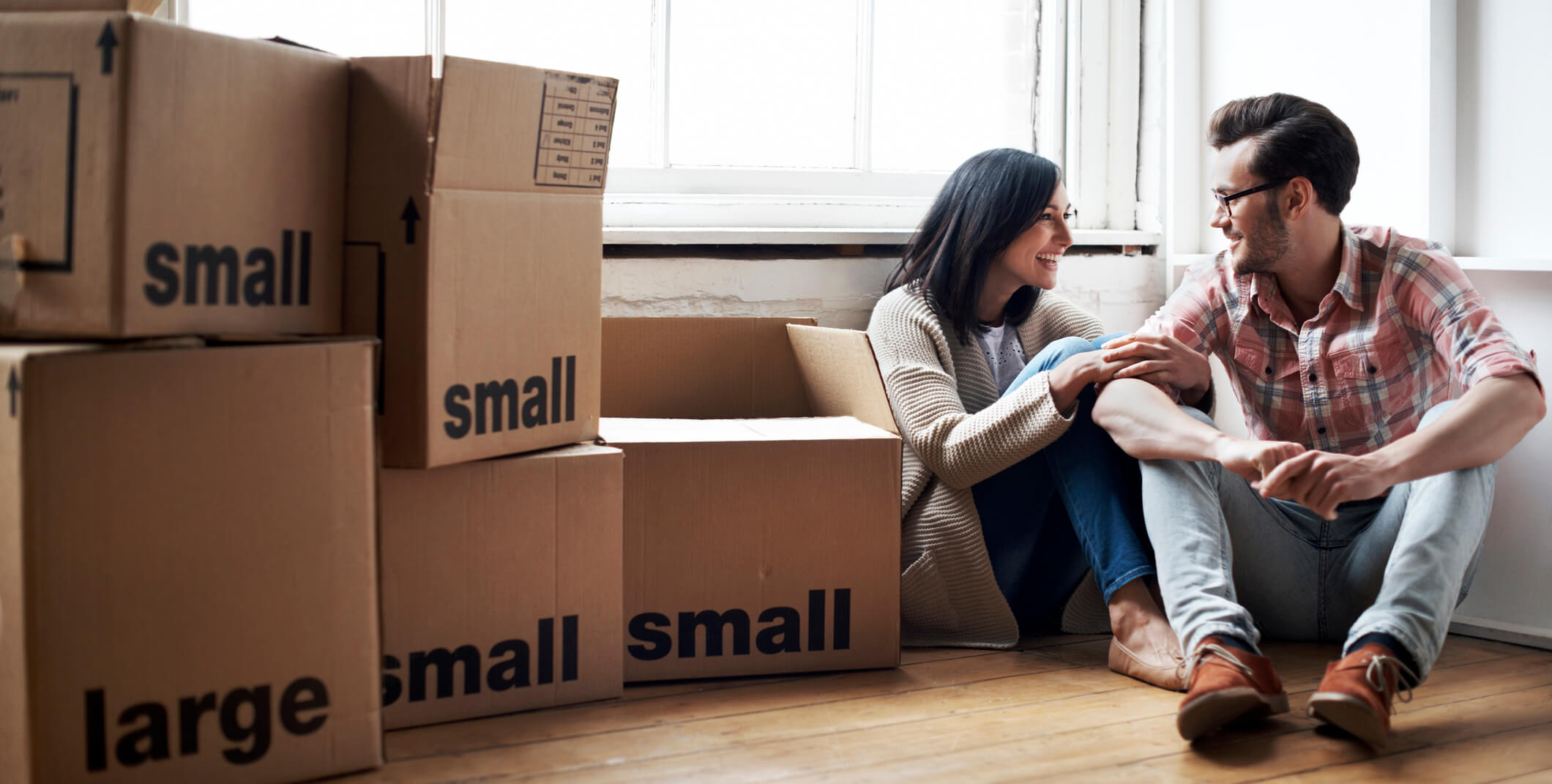
This month we’ve covered a host of ways to save money as a homeowner, but what about those of us that rent? Just because you don’t own your home doesn’t mean you can’t find ways to cut costs. In fact, there are several strategies you can use to minimize living costs before and after signing the lease on your apartment or rental property.
We talked to two renting experts – Kirk McGary, CEO of Real Property Management, and Mike Cerny, the founder of DoNotRent.com – for tips on saving money on your rented house or apartment.
Don’t forget about utilities
“Make sure you find out which utilities are included in rent if any,” says Mike Cerny. “If you find the perfect apartment that doesn’t include utilities such as in-unit washer/dryer, gas, electric, internet, cable TV or water, these costs may exceed your budget.”
Your monthly rent is only the starting point when determining your monthly home expenses. And if you are responsible for any utilities, make sure to do a little research and find out how much you can expect to pay in the coming months and year.
Find a roommate
Cerny recommends taking on a roommate as a way to keep monthly rent and utility costs down. A roommate can help you split some of your costs. And getting a roommate may allow you to afford a larger rental unit, while still lowering your overall monthly costs.
“You should be able to find a two bedroom unit that is not two times the cost of a one bedroom unit, plus you will have a larger living space,” he says.
Don’t be afraid to negotiate
“Remember that everything is negotiable,” says Cerny. “Larger landlord and property managers are harder to negotiate since they have strict policies but smaller landlords are flexible and are more motivated to increase their occupancy. See if they’ll include utilities, waive the security deposit or maybe offer a reduced first month’s rent that will help out with your moving costs.”
Refer to the lease before making changes
“Before making any drastic updates, double check what is permitted as lease stipulations vary from place to place,” says Kirk McGary. “Just because the rules were lax with one lease doesn’t mean you can get away with it in a new one.
Document all damage
Don’t make the mistake of overlooking the security deposit when considering your potential rental savings — and expenses.
“Schedule a walk through with your property manager right after you move in to document ALL preexisting damage so repairs can be made and you won’t be stuck covering someone else’s damage at the end of the leasing term,” recommends McGary.
Be aware of pet policies
“Make sure your furry friend is welcome in your new home,” McGary says. “If the building is not animal-friendly, the maximized wear-and-tear caused by pets will not be covered, knocking down your return.”
Be cautious with décor
“In addition to checking your building rules, get verbal approval from management before painting or nailing holes in the walls,” says McGary “Small fees that supplement your decorating flair can add up fast minimizing the return on your deposit.”
Move Out Musts
“Bring in cleaning professionals to make the place spotless,” says McGary. “This will be the last thing you will want to worry about when moving out. Also, when you turn in the keys, get a deposit receipt with documentation of what was repaired by the management – your deposit can only be spent on repairs.”
For more tips on saving on home and living expenses, check out our full DIY maintenance series.





